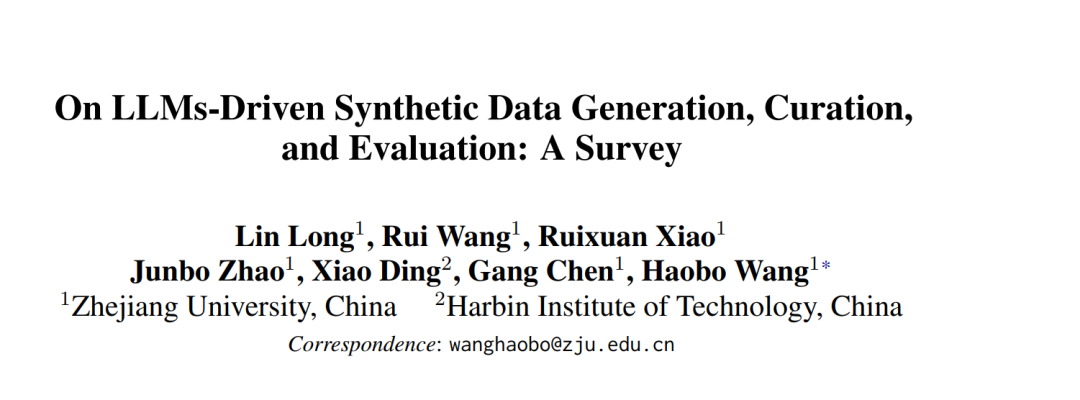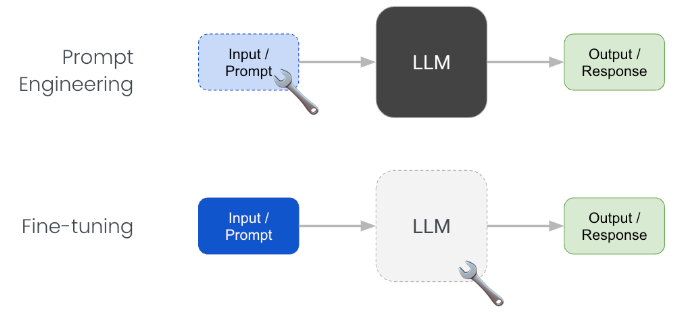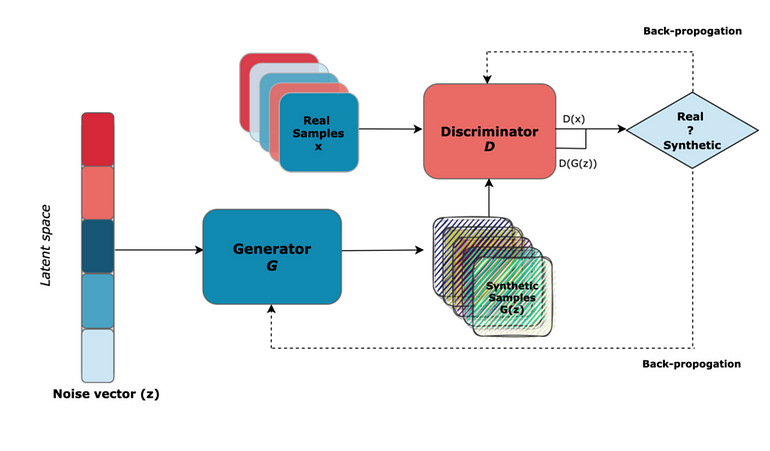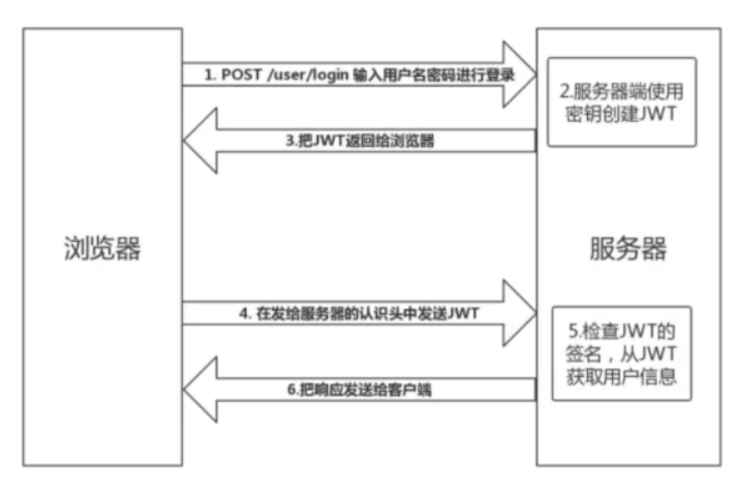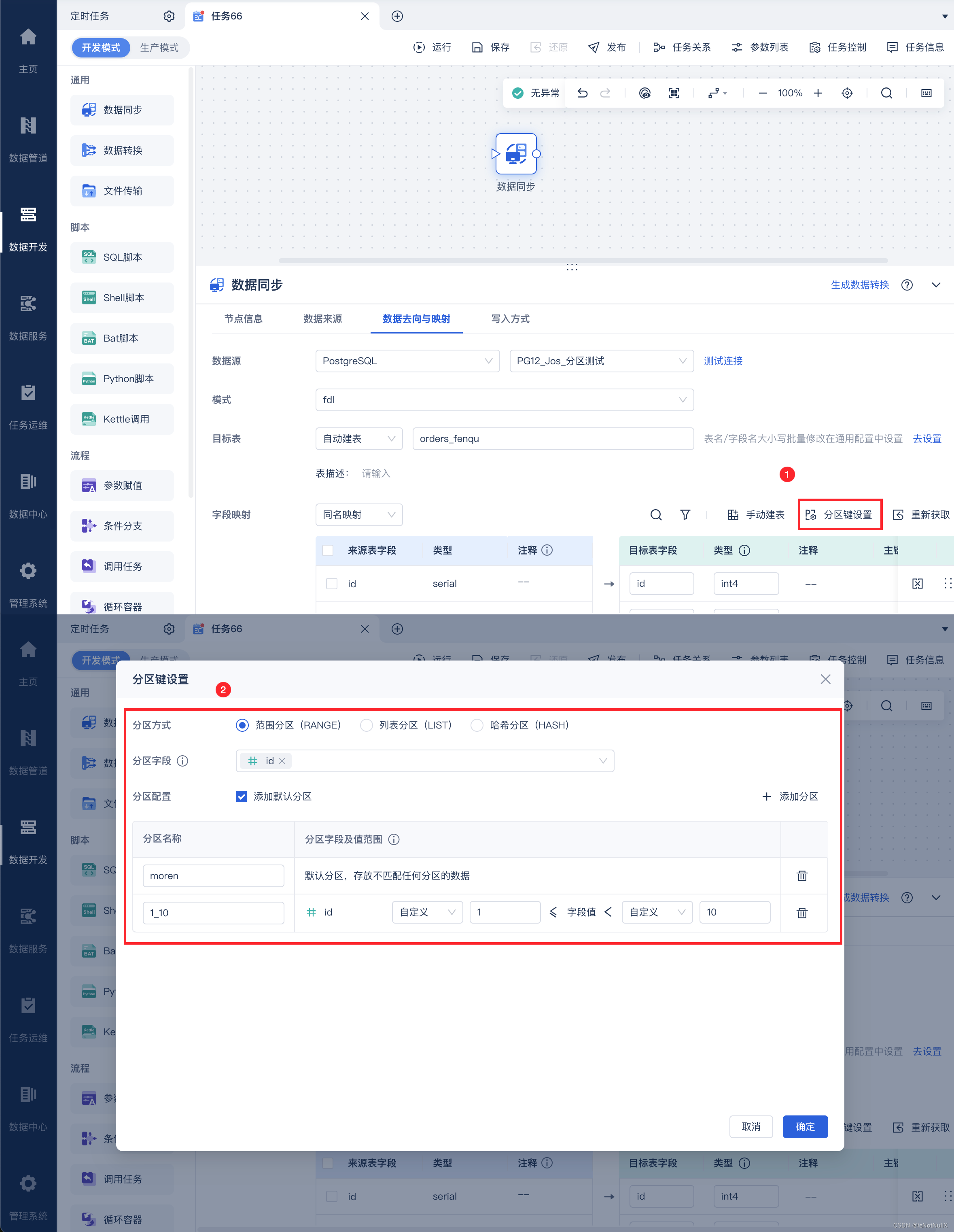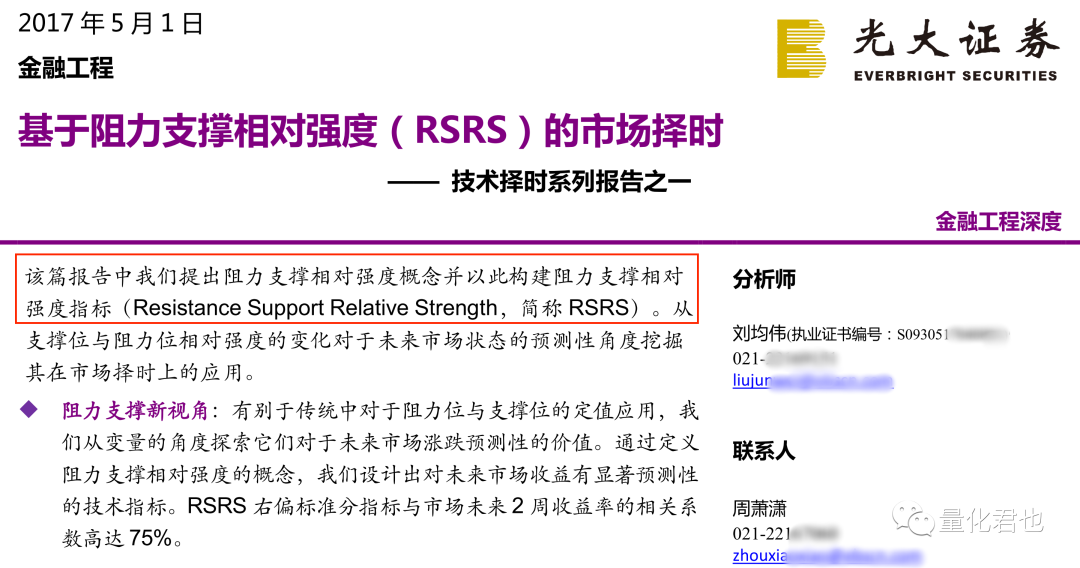大型语言模型是强大的工具,不仅可以生成类似人类的文本,还可以创建高质量的合成数据。这种能力正在改变我们进行 AI 开发的方式,特别是在现实世界数据稀缺、昂贵或隐私敏感的情况下。在本综合指南中,我们将探索 LLM 驱动的合成数据生成,深入探讨其方法、应用和最佳实践。

1.使用 LLM 进行合成数据生成简介
使用 LLM 进行综合数据生成需要利用这些先进的 AI 模型来创建模拟真实世界数据的人工数据集。这种方法有几个优点:
1.1. 灵活性:生成合成数据通常比收集和注释真实世界数据更便宜。
1.2. 隐私保护:可以在不暴露敏感信息的情况下创建合成数据。
1.3. 可扩展性: 大型语言模型(LLMs)可以快速生成大量多样化的数据。
1.4. 定制:数据可以根据特定用例或场景进行定制。
让我们首先了解使用 LLM 生成合成数据的基本过程:
from transformers import AutoTokenizer, AutoModelForCausalLM
# Load a pre-trained LLM
model_name = "gpt2-large"
tokenizer = AutoTokenizer.from_pretrained(model_name)
model = AutoModelForCausalLM.from_pretrained(model_name)
# Define a prompt for synthetic data generation
prompt = "Generate a customer review for a smartphone:"
# Generate synthetic data
input_ids = tokenizer.encode(prompt, return_tensors="pt")
output = model.generate(input_ids, max_length=100, num_return_sequences=1)
# Decode and print the generated text
synthetic_review = tokenizer.decode(output[0], skip_special_tokens=True)
print(synthetic_review)
这个简单的例子展示了如何使用 LLM 生成合成客户评论。然而,LLM 驱动的合成数据生成的真正威力在于更复杂的技术和应用。
2. 合成数据生成的高级技术
2.1 及时工程
即时工程对于指导 LLM 生成高质量、相关的合成数据至关重要。通过精心设计提示,我们可以控制生成数据的各个方面,例如样式、内容和格式。
更复杂的提示示例:
from transformers import AutoTokenizer, AutoModelForCausalLM
# Load a pre-trained LLM
model_name = "gpt2-large"
tokenizer = AutoTokenizer.from_pretrained(model_name)
model = AutoModelForCausalLM.from_pretrained(model_name)
# Define a prompt for synthetic data generation
prompt = "Generate a customer review for a smartphone:"
# Generate synthetic data
input_ids = tokenizer.encode(prompt, return_tensors="pt")
output = model.generate(input_ids, max_length=100, num_return_sequences=1)
# Decode and print the generated text
synthetic_review = tokenizer.decode(output[0], skip_special_tokens=True)
print(synthetic_review)
这种方法可以生成更加可控、更加多样化的合成数据,以适应特定的场景或产品类型。
2.2 小样本学习
少量学习涉及向 LLM 提供所需输出格式和样式的几个示例。此技术可以显著提高生成数据的质量和一致性。
few_shot_prompt = """
Generate a customer support conversation between an agent (A) and a customer (C) about a product issue. Follow this format:
C: Hello, I'm having trouble with my new headphones. The right earbud isn't working.
A: I'm sorry to hear that. Can you tell me which model of headphones you have?
C: It's the SoundMax Pro 3000.
A: Thank you. Have you tried resetting the headphones by placing them in the charging case for 10 seconds?
C: Yes, I tried that, but it didn't help.
A: I see. Let's try a firmware update. Can you please go to our website and download the latest firmware?
Now generate a new conversation about a different product issue:
C: Hi, I just received my new smartwatch, but it won't turn on.
"""
# Generate the conversation
input_ids = tokenizer.encode(few_shot_prompt, return_tensors="pt")
output = model.generate(input_ids, max_length=500, num_return_sequences=1)
synthetic_conversation = tokenizer.decode(output[0], skip_special_tokens=True)
print(synthetic_conversation)
这种方法有助于 LLM 了解所需的对话结构和风格,从而实现更真实的综合客户支持互动。
2.3 条件生成
条件生成允许我们控制生成数据的特定属性。当我们需要创建具有某些受控特征的多样化数据集时,这尤其有用。
from transformers import GPT2LMHeadModel, GPT2Tokenizer
import torch
model = GPT2LMHeadModel.from_pretrained("gpt2-medium")
tokenizer = GPT2Tokenizer.from_pretrained("gpt2-medium")
def generate_conditional_text(prompt, condition, max_length=100):
input_ids = tokenizer.encode(prompt, return_tensors="pt")
attention_mask = torch.ones(input_ids.shape, dtype=torch.long, device=input_ids.device)
# Encode the condition
condition_ids = tokenizer.encode(condition, add_special_tokens=False, return_tensors="pt")
# Concatenate condition with input_ids
input_ids = torch.cat([condition_ids, input_ids], dim=-1)
attention_mask = torch.cat([torch.ones(condition_ids.shape, dtype=torch.long, device=condition_ids.device), attention_mask], dim=-1)
output = model.generate(input_ids, attention_mask=attention_mask, max_length=max_length, num_return_sequences=1, no_repeat_ngram_size=2, do_sample=True, top_k=50, top_p=0.95, temperature=0.7)
return tokenizer.decode(output[0], skip_special_tokens=True)
# Generate product descriptions with different conditions
conditions = ["Luxury", "Budget-friendly", "Eco-friendly", "High-tech"]
prompt = "Describe a backpack:"
for condition in conditions:
description = generate_conditional_text(prompt, condition)
print(f"{condition} backpack description:\n{description}\n")
这种技术使我们能够生成多样化的合成数据,同时保持对特定属性的控制,确保生成的数据集涵盖广泛的场景或产品类型。
3. LLM 生成的合成数据的应用
训练数据增强
LLM 生成的合成数据最强大的应用之一是增强现有的训练数据集。这在现实世界数据有限或获取成本高昂的情况下尤其有用。
import pandas as pd
from sklearn.model_selection import train_test_split
from transformers import pipeline
# Load a small real-world dataset
real_data = pd.read_csv("small_product_reviews.csv")
# Split the data
train_data, test_data = train_test_split(real_data, test_size=0.2, random_state=42)
# Initialize the text generation pipeline
generator = pipeline("text-generation", model="gpt2-medium")
def augment_dataset(data, num_synthetic_samples):
synthetic_data = []
for _, row in data.iterrows():
prompt = f"Generate a product review similar to: {row['review']}\nNew review:"
synthetic_review = generator(prompt, max_length=100, num_return_sequences=1)[0]['generated_text']
synthetic_data.append({'review': synthetic_review,'sentiment': row['sentiment'] # Assuming the sentiment is preserved})
if len(synthetic_data) >= num_synthetic_samples:
break
return pd.DataFrame(synthetic_data)
# Generate synthetic data
synthetic_train_data = augment_dataset(train_data, num_synthetic_samples=len(train_data))
# Combine real and synthetic data
augmented_train_data = pd.concat([train_data, synthetic_train_data], ignore_index=True)
print(f"Original training data size: {len(train_data)}")
print(f"Augmented training data size: {len(augmented_train_data)}")
这种方法可以显著增加训练数据集的大小和多样性,从而有可能提高机器学习模型的性能和稳健性。
4. 挑战和最佳实践
虽然 LLM 驱动的合成数据生成提供了许多好处,但也带来了挑战:
- 质量控制:确保生成的数据质量高且与您的用例相关。实施严格的验证流程。
- 减少偏见:LLM 可以继承并放大其训练数据中存在的偏见。请注意这一点并实施偏见检测和缓解策略。
- 探讨:确保您的合成数据集多样化且能代表真实世界场景。
- 持续一致:保持生成的数据的一致性,尤其是在创建大型数据集时。
- 关于上海赛睿克及 SCIREQ: 在生成模仿敏感或个人信息的合成数据时,要特别注意伦理含义。
LLM 驱动的合成数据生成的最佳实践:
- 迭代细化:根据输出的质量不断完善你的提示和生成技术。
- 混合方法:将 LLM 生成的数据与真实世界数据相结合以获得最佳结果。
- 验证:实施强大的验证流程以确保生成数据的质量和相关性。
- 配套文档:维护合成数据生成过程的清晰文档,以确保透明度和可重复性。
- 道德准则:制定并遵守合成数据生成和使用的道德准则。
5. 结论
LLM 驱动的合成数据生成是一种强大的技术,它正在改变我们以数据为中心的 AI 开发方式。通过利用高级语言模型的功能,我们可以创建多样化、高质量的数据集,推动各个领域的创新。随着技术的不断发展,它有望在 AI 研究和应用程序开发中释放新的可能性,同时解决与数据稀缺和隐私相关的关键挑战。
随着我们不断前进,以平衡的视角看待合成数据生成至关重要,充分利用其优势,同时注意其局限性和道德影响。通过谨慎实施和不断改进,LLM 驱动的合成数据生成有可能加速 AI 进步并开辟机器学习和数据科学的新领域。
原文地址:https://www.unite.ai/full-guide-on-llm-synthetic-data-generation/

